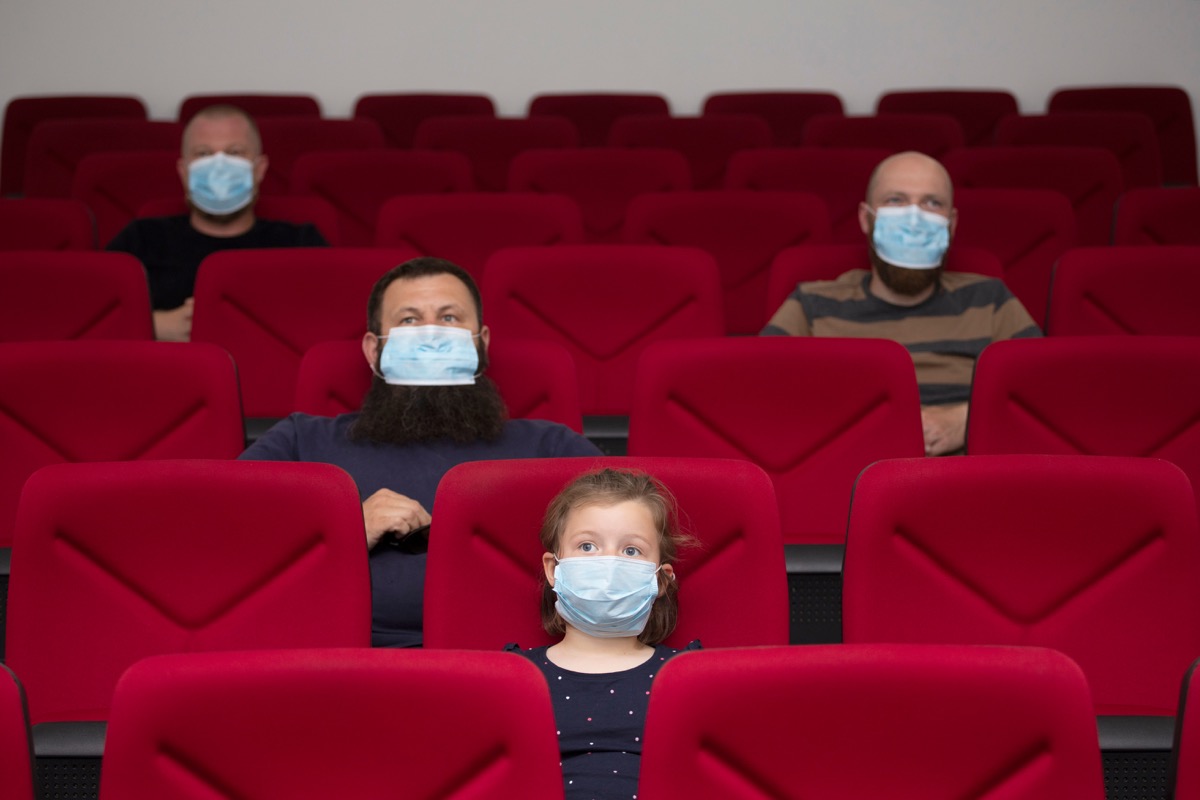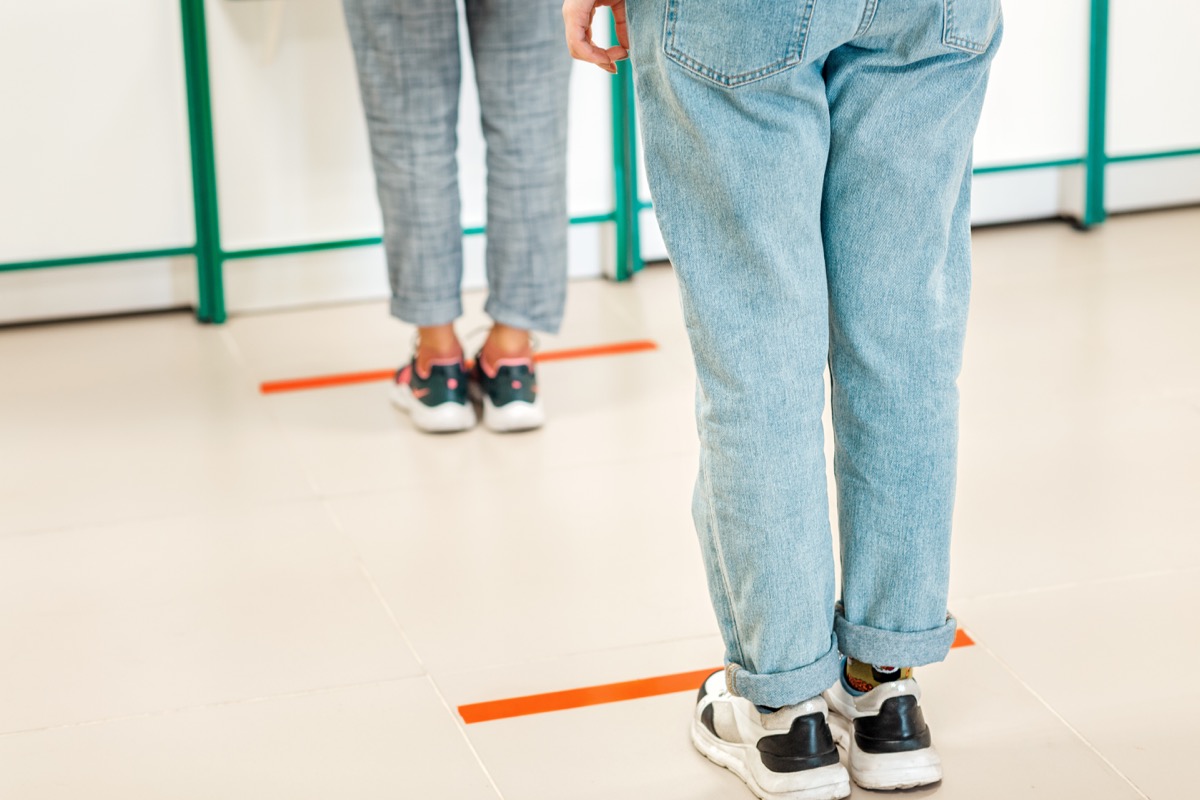There are a lot of spaces that allow for advertisements at concerts and games. The next time you attend one of these events, you may find that many posters, scoreboards, and other announcement areas will alert the crowd to health and safety rules. The CDC suggests that venues post signs “that promote everyday protective measures and describe how to stop the spread of germs by properly washing hands and properly wearing a cloth face covering.” They should also “broadcast regular announcements regarding the spread of COVID-19 on public address systems.” Say goodbye to handshakes, fist bumps, and high-fives with fellow fans for the time being. In a pre-coronavirus world, sports fans would often exchange brief physical contact to express excitement, but this is extremely ill-advised now that social distancing protocols are in effect. The CDC suggests venues “display signs (physical and/or electronic) that discourage these actions during the event.” Until the COVID-19 pandemic subsides, air-fives and elbow bumps will have to suffice. The CDC strongly recommends both venue staff and attendees wear masks—especially when maintaining six feet of distance is not possible. Face masks are even more essential at events where people might raise their voices to shout, chant, or sing because these actions could expel more droplets, making it easier to spread the coronavirus if infected. To make sure you’re wearing your mask correctly, check out You’re Probably Wearing Your Face Mask Upside Down, Doctors Warn.ae0fcc31ae342fd3a1346ebb1f342fcb To maintain social distancing, venues will have to operate with fewer people in their seats. The CDC suggests venues “block off rows or sections of seating” as well as “eliminate lines or queues if possible” and “limit attendance or seating capacity.” To help keep the crowds at bay, the CDC suggests that venues stream the event online, so fans can watch virtually. To see when it will be safe to attend a concert, check out Here’s When Experts Say It’ll Be Safe to Go to a Concert. The most clogged crowds often occur before and after the event. To avoid this, the CDC recommends venues use as many entrances and exits as possible. Additionally, lines to get in and out of the venue will have to be socially distanced and orderly, which means you should expect a much longer wait time. If this is the case, make sure to get to the arena, stadium, or theater early, so you don’t miss the start of the show. And for more up-to-date information, sign up for our daily newsletter. If the venue you’re at is really serious about mitigating the spread of the coronavirus, you may see physical barriers in places where it’s difficult for individuals to maintain six feet of distance. For instance, will call windows and box offices will likely have sneeze guards and partitions. Other barriers you might see include caution tape and metal barricades around heavily trafficked areas. As you might have already seen at your local restaurants or grocery stores, some businesses have put stickers or tape down to demonstrate six feet of distance. Next time you attend a concert or sporting event, you’ll likely see these reminders throughout the venue guiding you on how far apart to stand and which direction to walk to avoid colliding with others. To see how the coronavirus will change TV, check out 7 Things You Won’t See on TV Anytime Soon Because of Coronavirus.






